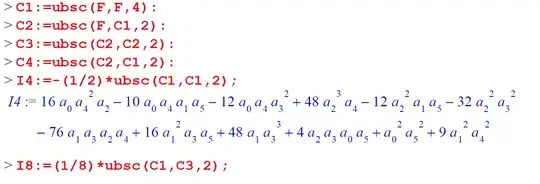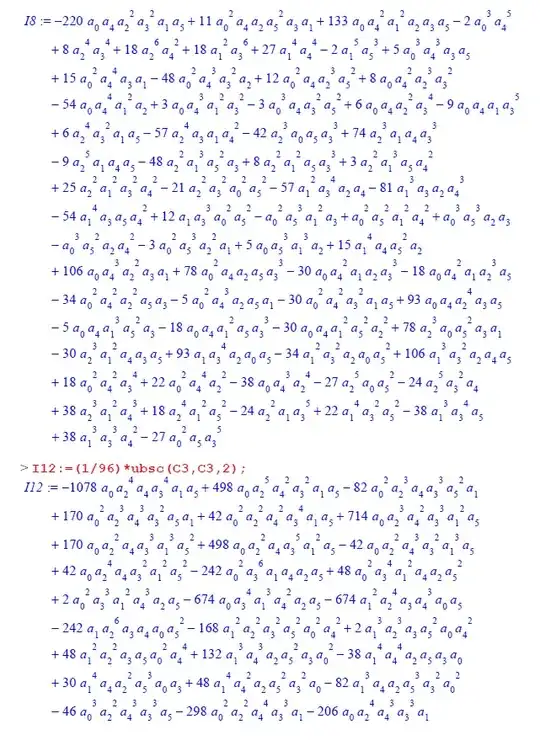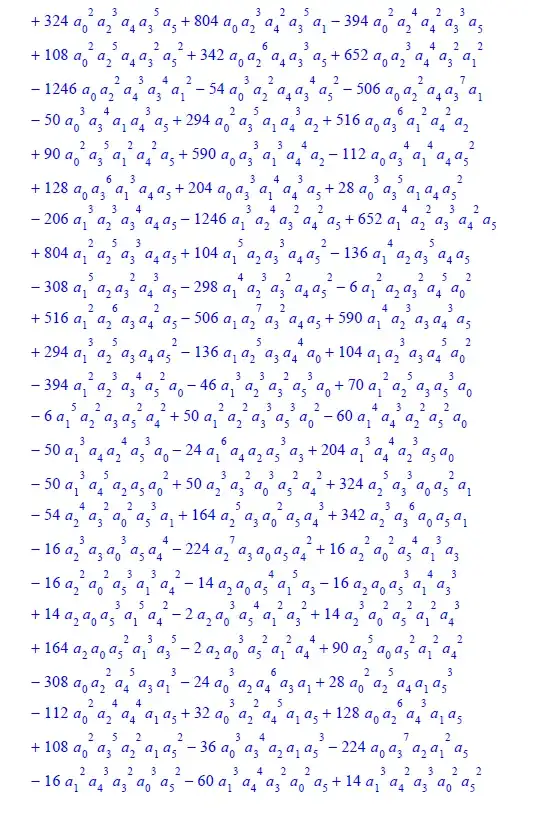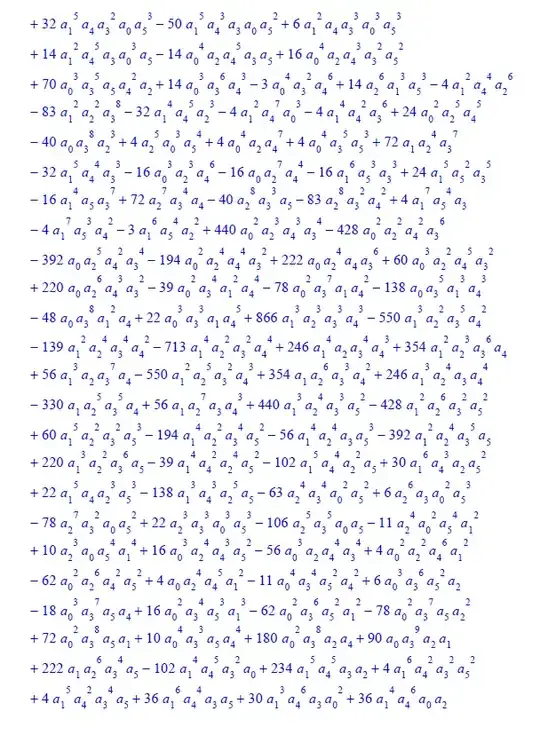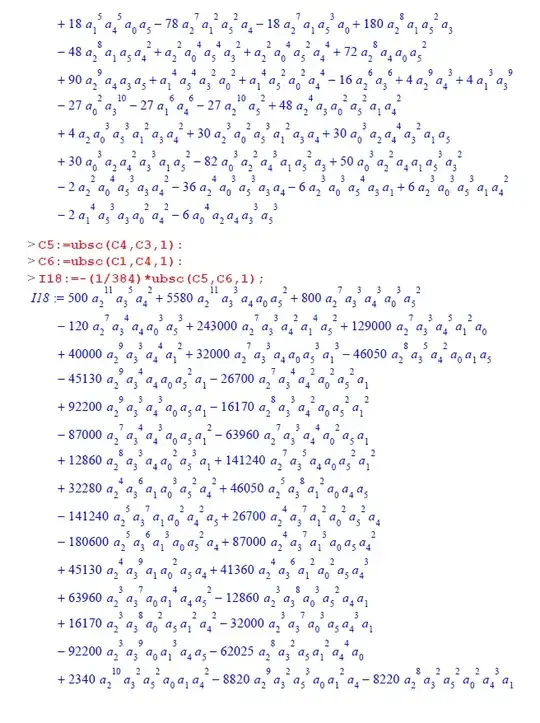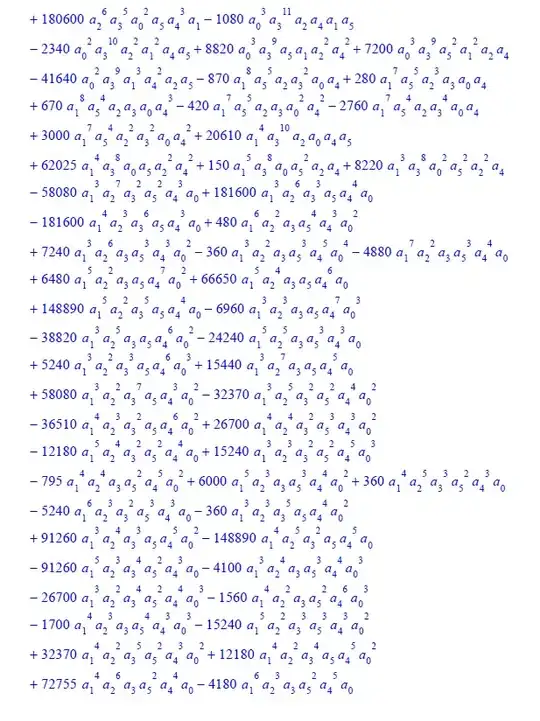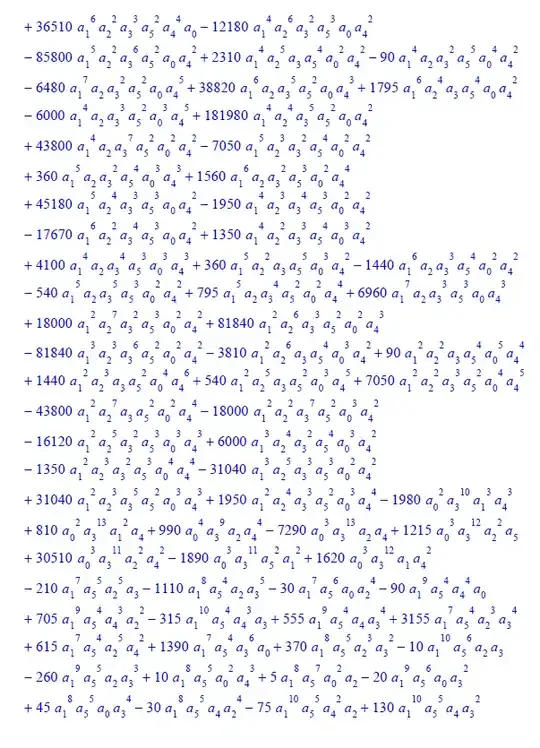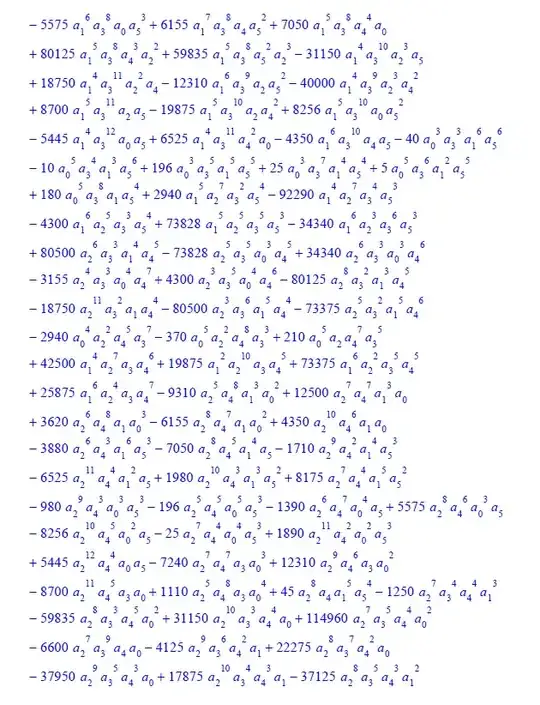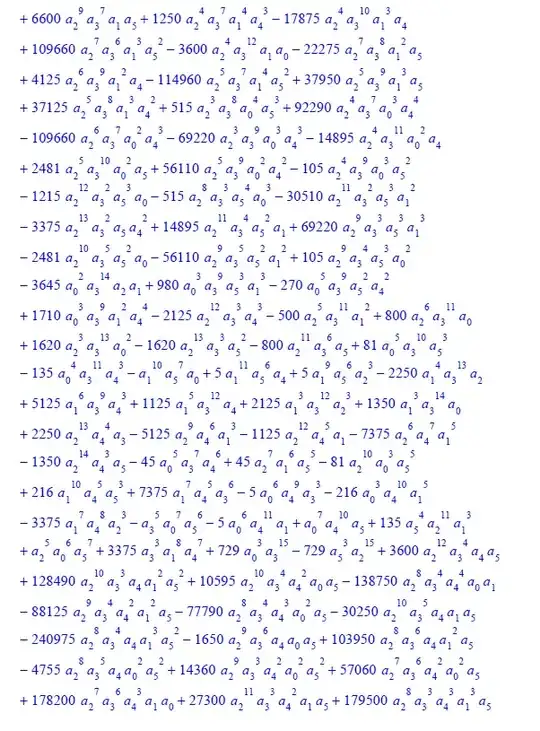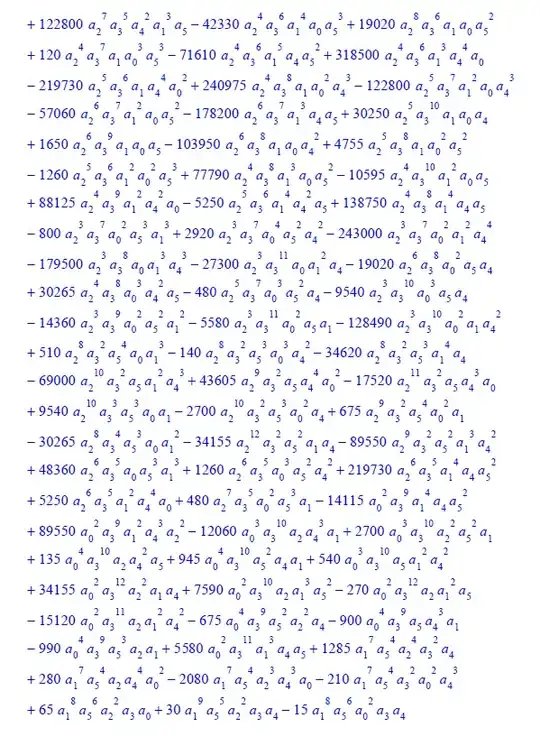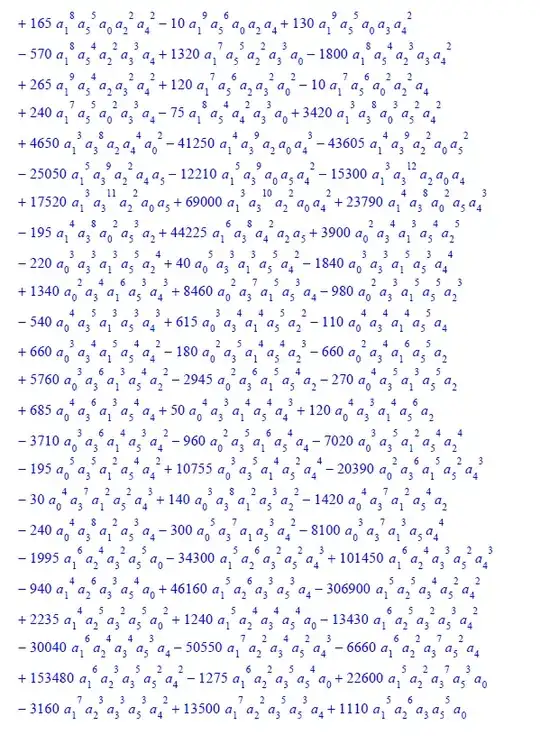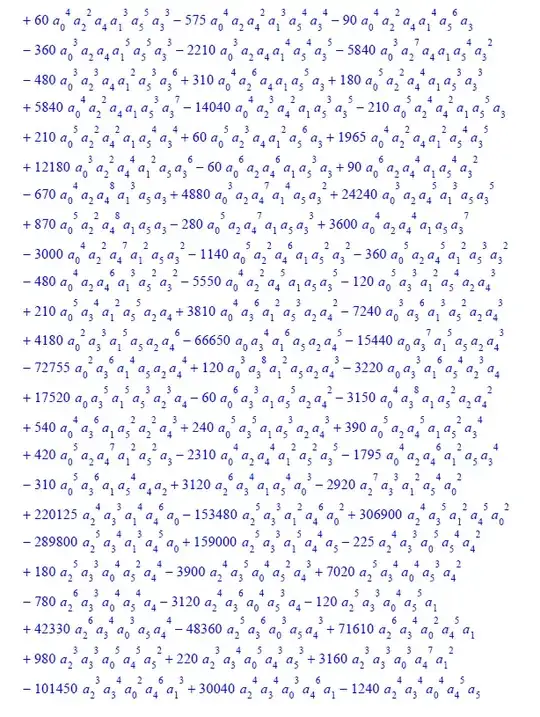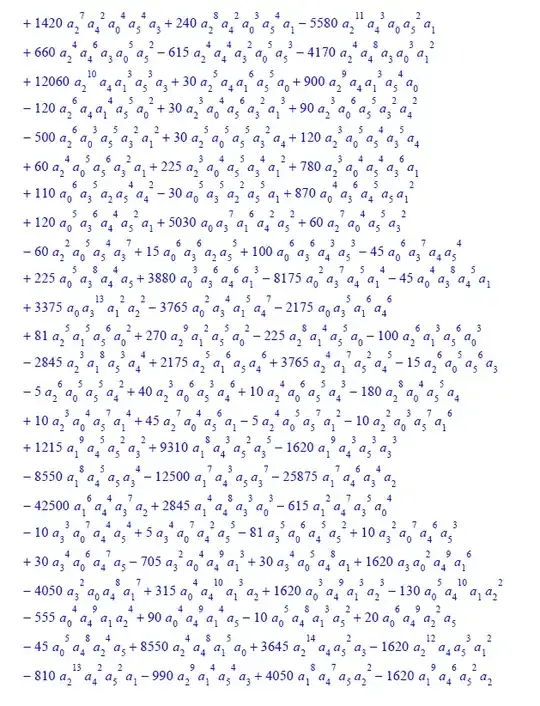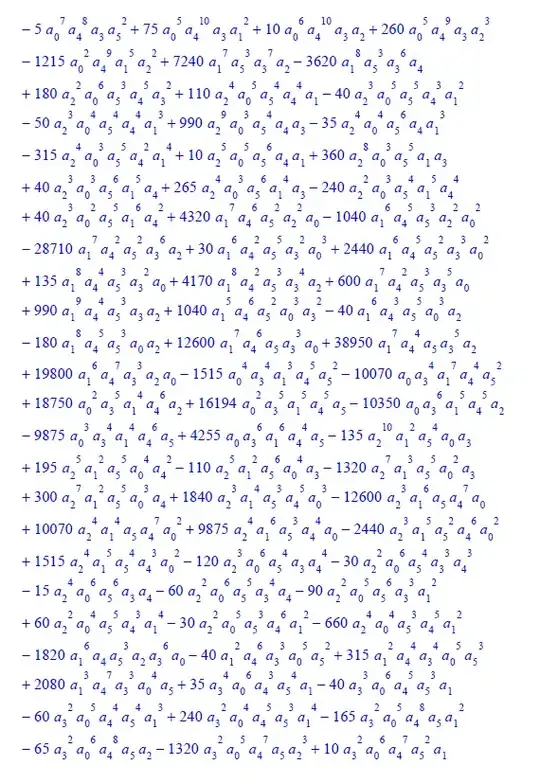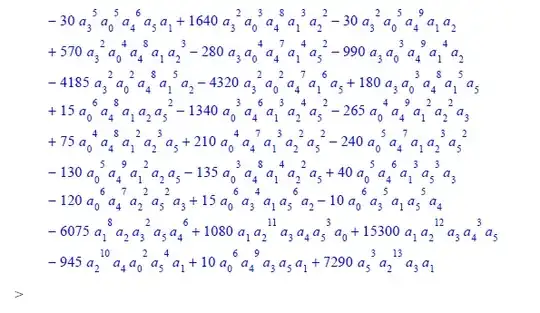Here's another way to do it that you might find useful:
Recall that $\mathrm{SL}(2,\mathbb{C})$
acts on the polynomial ring $\mathbb{C}[x,y]$
by linear substitution in $x$ and $y$,
making the subspace $V_d\subset \mathbb{C}[x,y]$, consisting
of polynomials homogeneous of degree $d$ in $x$ and $y$, into
an irreducible $\mathrm{SL}(2,\mathbb{C})$-representation of
dimension $d{+}1$.
Define a bilinear pairing $\langle,\rangle_p:\mathbb{C}[x,y]\times
\mathbb{C}[x,y]\to\mathbb{C}[x,y]$
for $p\ge 0$ by the formula
$$
\langle u,v\rangle_p
= \frac1{p!}\sum_{k=0}^p (-1)^k{p\choose k}
\frac{\partial^pu}{\partial x^{p-k}\partial y^k}
\frac{\partial^pv}{\partial x^{k}\partial y^{p-k}}\,.
$$
For example, $\langle u,v\rangle_0 = uv$
and $\langle u,v\rangle_1 = u_xv_y-u_yv_x$.
The bilinear pairings $\langle,\rangle_p$
are $\mathrm{SL}(2,\mathbb{C})$-equivariant,
and they restrict to $\langle,\rangle_p: V_a\times V_b\to V_{a+b-2p}$
to be nonzero as long as $p\le\mathrm{min}(a,b)$.
These expressions $\langle u,v\rangle_p$
are called `transvectants' in the classical literature.
If
$$u = u_{-5}\,x^5 + u_{-3}\,x^4y + u_{-1}\,x^3y^2 + u_{1}\,x^2y^3
+ u_{3}\,xy^4 + u_5\,y^5\in V_5
$$
is a quintic,
then it is not difficult to check that the quantities
$$
I_4(u) = \langle u^2,u^2\rangle_{10},\quad
I_8(u) = \langle u^4,u^4\rangle_{20},\quad\text{and}\quad
I_{12}(u) = \langle u^6,u^6\rangle_{30}
$$
are independent $\mathrm{SL}(2,\mathbb{C})$-invariant polynomials
of degrees $4$, $8$, and $12$, respectively. The invariant polynomial
$$
I_{18}(u) = \langle \langle u^5,u^6\rangle_{10},u^7\rangle_{35}
$$
is nonzero, and, since $18$ is not a multiple of $4$,
it is not expressible as a polynomial in $I_4(u)$, $I_8(u)$,
and $I_{12}(u)$,
though its square, which is of degree 36, can be written as
a polynomial in these three lower-degree invariants.
(It is, of course, a classical result
that these four invariant polynomials generate
the ring of $\mathrm{SL}(2,\mathbb{C})$-invariants on $V_5$
and that they are subject only to this single relation.)
These polynomials are not particularly nice when written out
in terms of the coefficients $u_j$. For example, $I_4(u)$
is a sum of $12$ monomials, $I_8(u)$ is a sum of $71$ monomials,
$I_{12}(u)$ is a sum of $252$ monomials, and $I_{18}(u)$
is a sum of $848$ monomials.
Finally, in this normalization, the discriminant of $u$ is
a constant multiple of
$$
I_8(u) - 92610\,I_4(u)^2,
$$
which has only $59$ monomials when expanded in the $u_j$.
